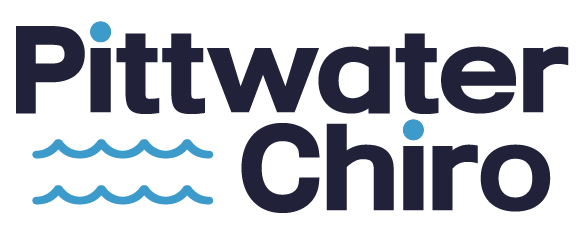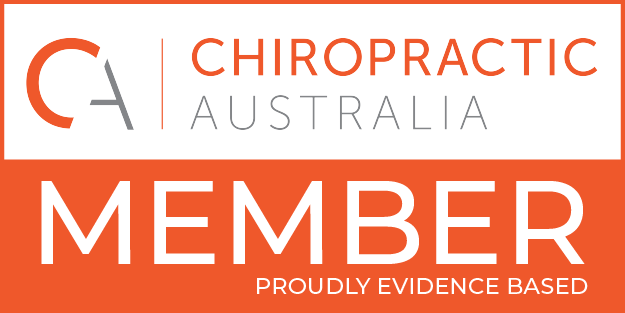In the realm of modern medicine, shockwave therapy has emerged as a groundbreaking treatment option for various musculoskeletal conditions and injuries. This non-invasive and highly effective technique utilises acoustic waves to promote healing, alleviate pain, and restore functionality. In this blog post, we will delve into what is shockwave therapy, how it works, and the wide range of conditions it can treat.
What is Shockwave Therapy?
Shockwave therapy, also known as extracorporeal shockwave therapy (ESWT), is a procedure that involves the application of high-energy acoustic waves to affected areas of the body. These acoustic waves are generated by a device and directed towards specific anatomical regions, stimulating the body’s natural healing processes.
How Does it Work?
The mechanism behind shockwave therapy is fascinating yet straightforward. Here’s how it works:
- Stimulating Cellular Response: When the acoustic waves reach the targeted tissue, they create microtrauma at the cellular level. This microtrauma triggers a series of biological responses within the body.
- Blood Flow and Neovascularisation: One of the primary effects of shockwave therapy is the promotion of blood circulation. This increased blood flow accelerates the body’s healing capabilities by supplying essential nutrients and oxygen to the damaged tissue.
- Release of Growth Factors: Shockwave therapy stimulates the release of growth factors, which are essential for tissue regeneration and repair. This, in turn, aids in reducing inflammation and pain.
- Dissolution of Calcifications: Shockwaves can break down calcifications or calcium deposits within tendons and other soft tissues. This is particularly useful for conditions like plantar fasciitis and calcific shoulder tendinitis.
- Pain Reduction: The therapy also has a pain-relieving effect by inhibiting pain signals and reducing muscle tension around the affected area.
What is Shockwave Therapy Useful For?
Shockwave therapy has gained recognition and popularity for its versatility in treating various musculoskeletal conditions and injuries. Here are some of the common issues it can effectively address:
- Plantar Fasciitis: Shockwave therapy is a proven treatment for the painful foot condition known as plantar fasciitis, which affects the sole.
- Tendinopathies: It is highly effective in treating tendinopathies such as achilles tendonitis, tennis elbow, and rotator cuff tendinitis.
- Calcific Tendinitis: For conditions involving calcium deposits within tendons, shockwave therapy can help dissolve the deposits, promoting healing.
- Bone Healing: Some studies suggest that shockwave therapy can accelerate the healing process for certain bone fractures.
- Myofascial Pain Syndrome: Patients suffering from myofascial pain syndrome, characterized by trigger points in muscles, can benefit from shockwave therapy.
Shockwave therapies non-invasive nature and versatility make it a valuable tool in the world of musculoskeletal medicine and rehabilitation. If you’re experiencing pain or discomfort related to any of the conditions mentioned above, consider discussing shockwave therapy with your chiropractor as a potential treatment option to get you back to doing what you love.
By Dr Jess Milsom (B.Chiro Sc, M.Chiropractic)







